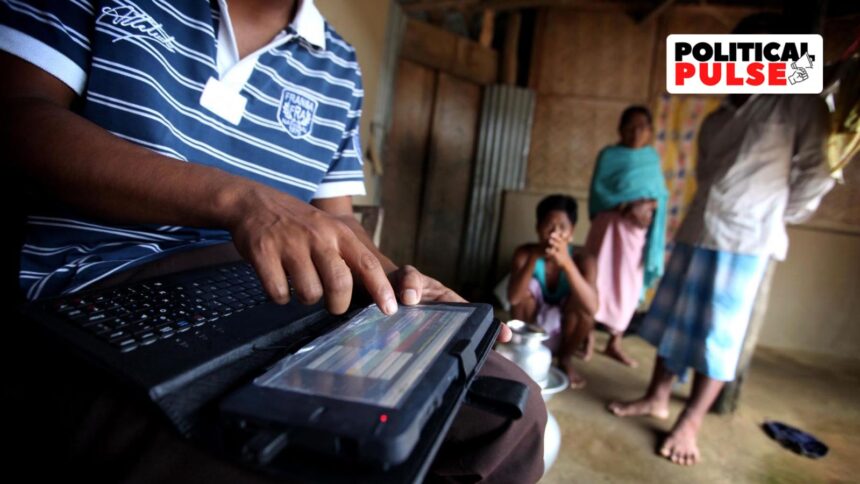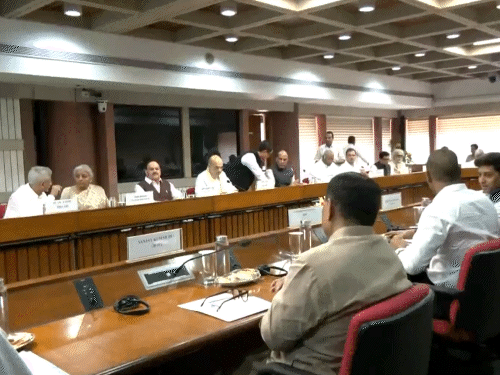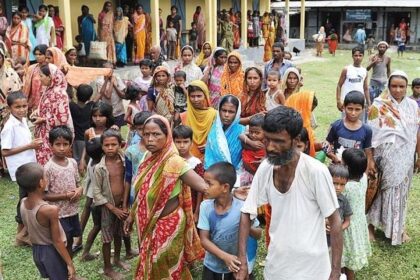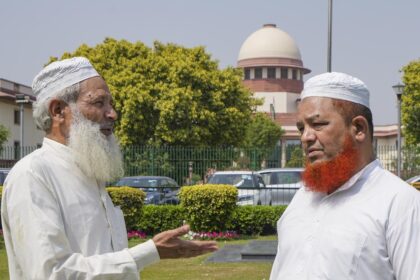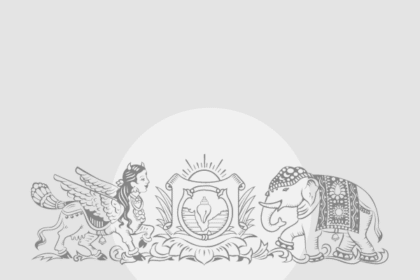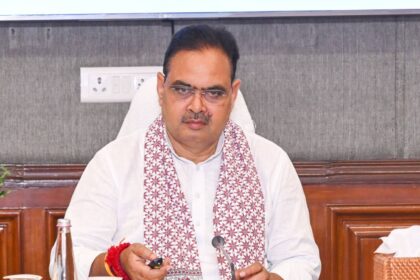The 1931 Census Reveals Low Sex Ratios Among Certain Castes
The 1931 Census, conducted by the British colonial government, revealed some striking statistics about the sex ratios among different castes in India. Among the Rajputs of Rajputana (present-day Rajasthan), the sex ratio was the lowest at 798, while the Nayars, concentrated primarily in Kerala (then known as Cochin), had the highest at 1,154. Other communities with high sex ratios included the Tantis, a numerically small group of weavers found in eastern India, with a sex ratio of 1,058.
Nationally, the sex ratio stood at 941 at the time. The last Census, held in 2011, showed a small rise, to 943.
The Census report noted that the neglect of female children, particularly those aged 5 to 10, in their nutrition or healthcare, led to higher death rates among girls than boys, which further pushed sex ratios down. The general preference for sons, as breadwinners or to avoid paying dowry for a daughter’s wedding, also led to cases of female infanticide, though as per the 1931 Census report, the practice was not as widespread as assumed.
Similar data breaking down the sex ratios by caste is expected to be available now when the next population Census is done, as per the government announcement for a caste census. The data can help states with clues as to which groups need special attention.
In 1931, while Rajputs across India had among the lowest sex ratios at 868, the figure among the group in present-day Rajasthan, particularly among the Shekhawats of the Kachhwaha branch of Rajputs in the region around Jaipur, was strikingly low at 530 – indicating “deliberate interference with the natural ratio” – pulling down the overall figure. The Bhadauria and Tanwar Rajputs of the then Gwalior state also had low sex ratios of 634 and 622, respectively.
The Census Superintendent of Rajputana noted that the Shekhawat Rajputs sex ratio was so low that excluding their figures would raise the overall sex ratio of all Rajputs to 841, putting the community on a par with the Jats, Gujars and Ahirs. Offering an explanation for this skew, the Superintendent said, “This large, important and numerous clan acknowledges as its head the Ruler of Jaipur, a state the geographical position of which renders the Rajput matrimonial adage of ‘Pachham ka beta aur purab ki beti’ difficult of fulfilment. A bridegroom from the west can only suitably be sought from the Rathor of Bikaner and Marwar among whom the laws of hypergamy… render easy the obtaining of brides from the Parihars, Sisodiyas and Bhattis.”
The Census Superintendent added that the Shekhawats were based in northern Rajputana – the most “ill-favoured” region by nature, and the relative resultant poverty made the payment of dowry difficult. This, he asserted, led to neglect of the girl child and occasional infanticide, leading to a fall in the sex ratio. “In Jaipur, for 1,000 little Rajput boys aged from 0-6 there are only 659 little girls, while similar figures for Marwar and Mewar are 856 and 982 respectively,” he wrote.
The lower sex ratios among Jats and Gujars in 1931 mirror trends that were seen until recently in Punjab and Haryana. The states, however, showed marked improvements in their sex ratios between the 2001 and 2011 Census exercises.
In 1931, after the Rajputs, the Jats had among the lowest sex ratios at 805, followed by Gujars at 832, Bengali Brahmins at 847, and Muslim Sayyids 884. In particular, Bengali Brahmins had a lower sex ratio than Brahmins as a whole across India at 902.
The 1931 Census showed that Nayars – found largely in present-day Kerala – had about the highest sex ratio in the country. The Nayars of Cochin had a sex ratio of 1,154, while Nayars across India, including inter-state migrants, had a sex ratio of 1,049 – figures that are comparable with developed countries. The matrilineal nature of the Nayar community, and the fact that literacy rates were already higher in the region, could have been one of the reasons for the higher sex ratio.
The Marathas, an influential community, had a high sex ratio of 1,004. This may in part be attributed to the non-Brahmin movement in Maharashtra that the Marathas took part in – the Kolhapur state under Chhatrapati Shahuji Maharaj, in particular, was in the forefront – and the historically fluid nature of the Maratha caste. It crystallised only in modern times and contained many pre-existing agrarian communities, eventually formalising into 96-odd groups under the Maratha umbrella.
The 1931 Census report also examined whether a lower sex ratio among elite Muslim and Hindu castes was a factor as well of the purdah system – the practice of women covering their faces in public and generally being secluded.
“It is probable that some proportion of the excess number of males both among Muslims and Brahmins or other high-class Hindus is to be accounted for by the purdah system, not so much because there is any deliberate concealment of females, as because it makes the household generally more difficult of access to the enumerator, who might be tempted to put down the names of the members of the household personally known to him and to omit those unknown, among whom the women of the household would naturally preponderate, to avoid having to make himself a nuisance to the inmates,” the Census report said. “There is, however, no reason to believe that the short enumeration of women due to this cause accounts for more than a very small part of the excess of males disclosed by the Census.”


